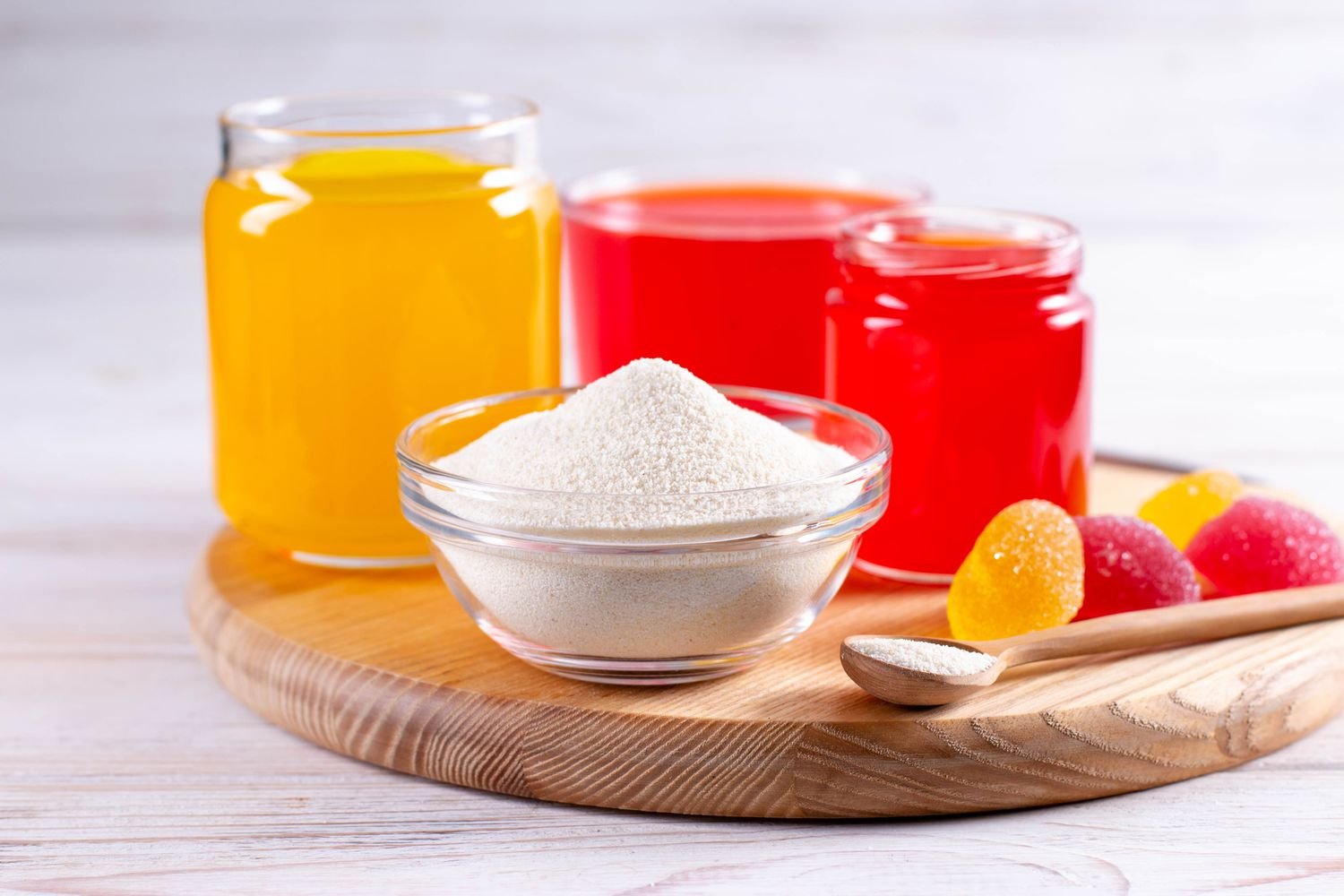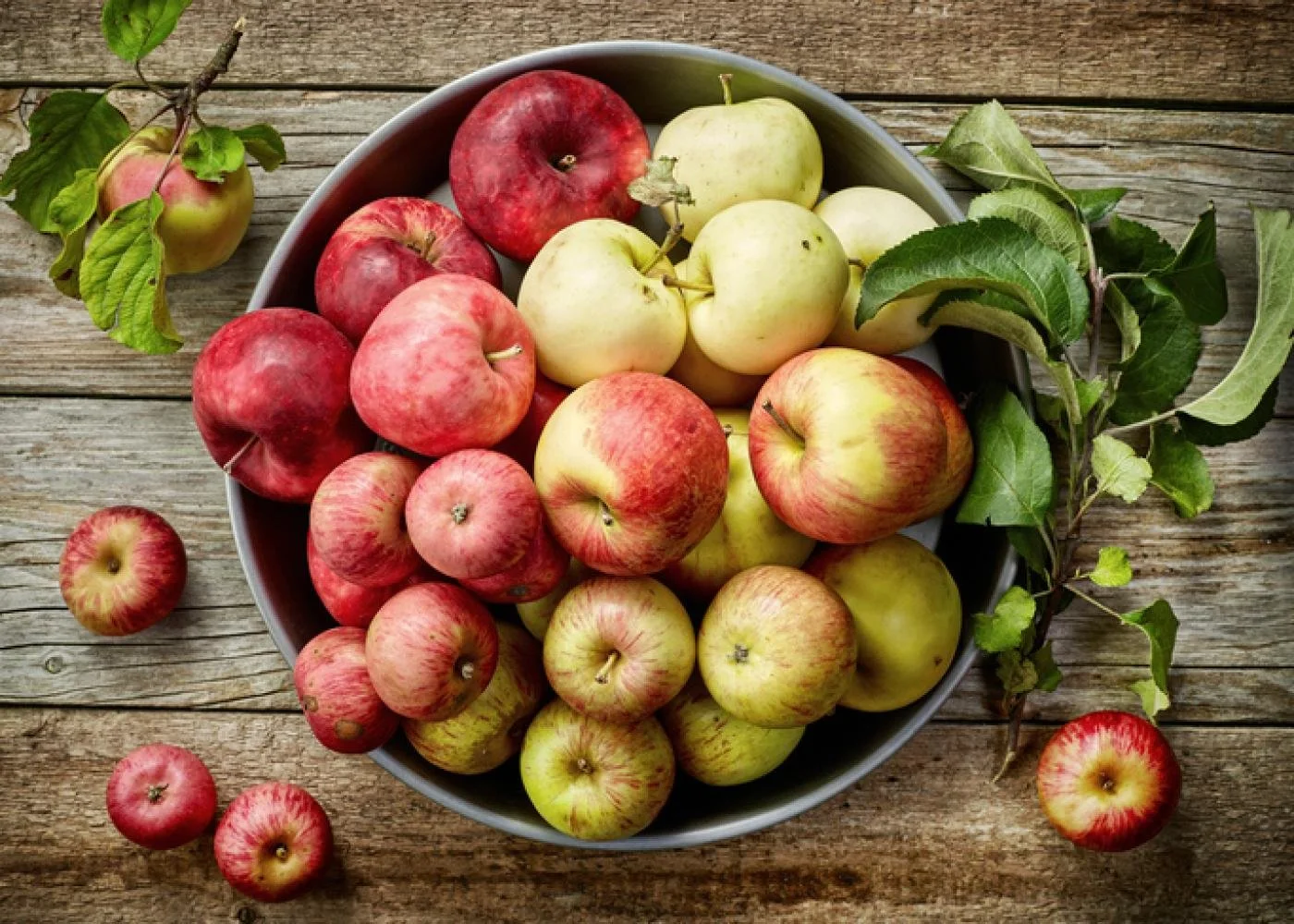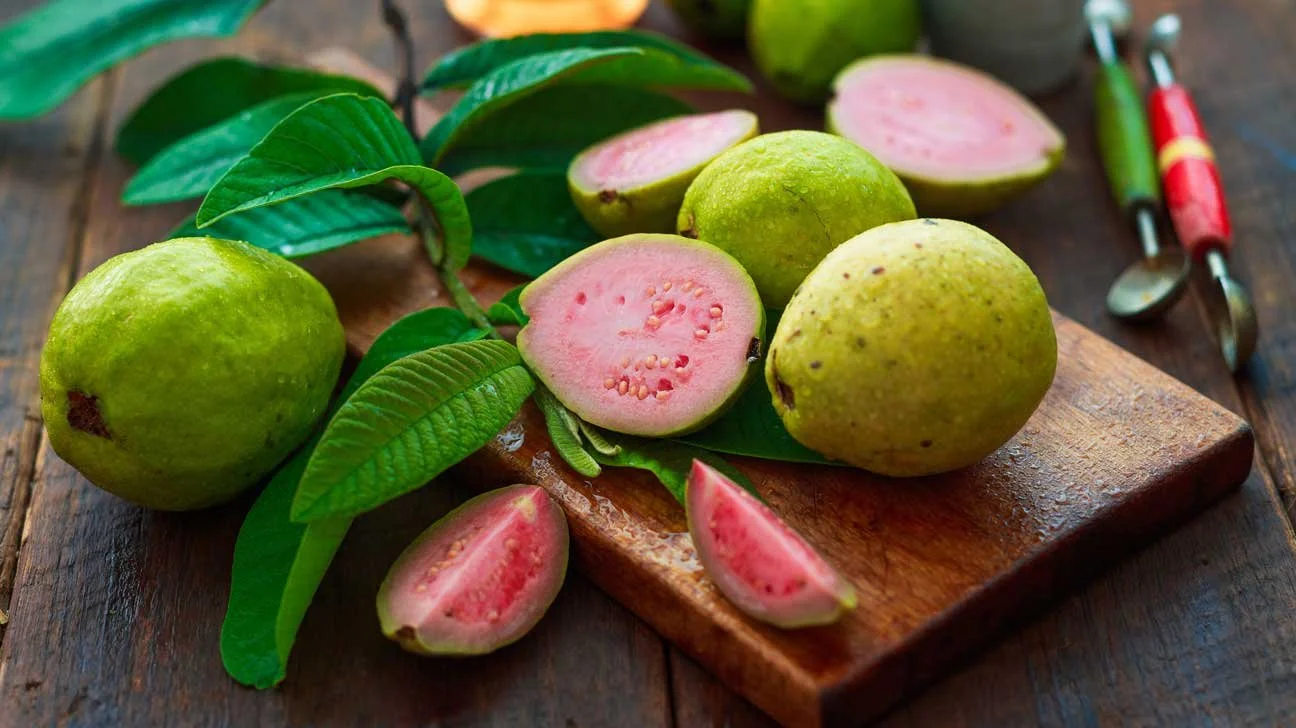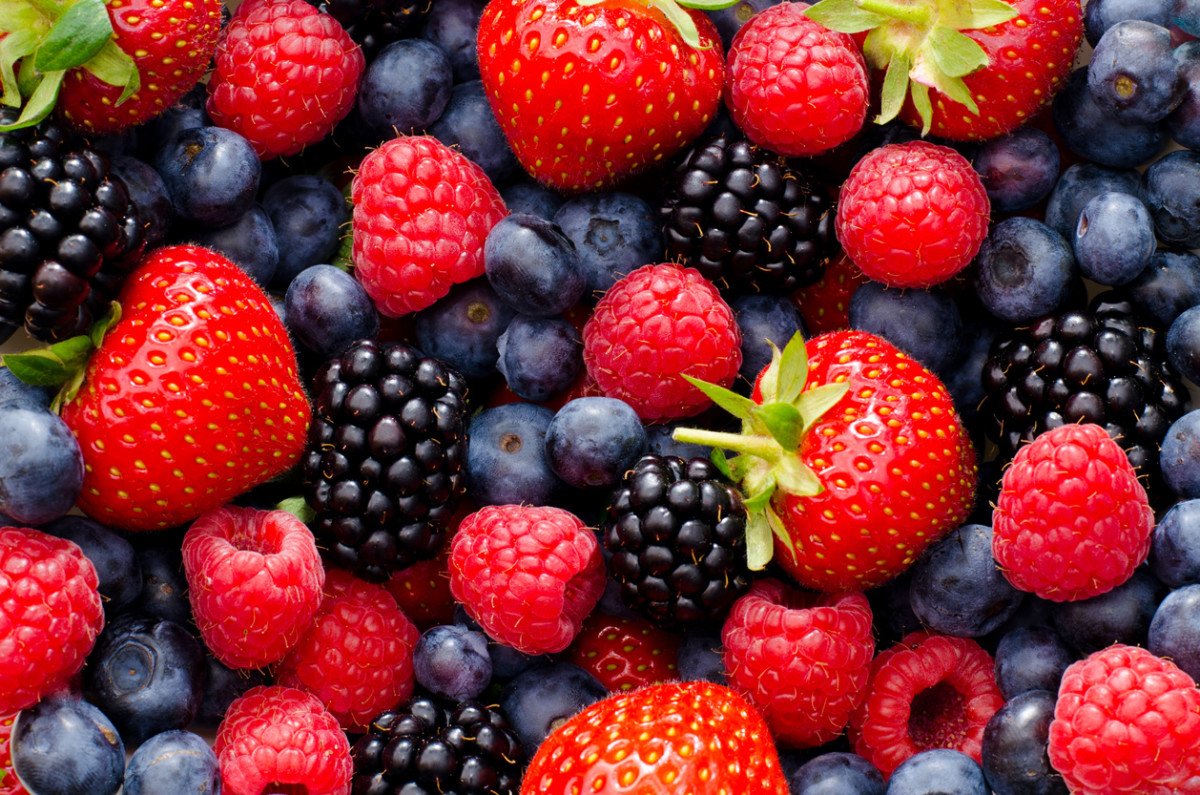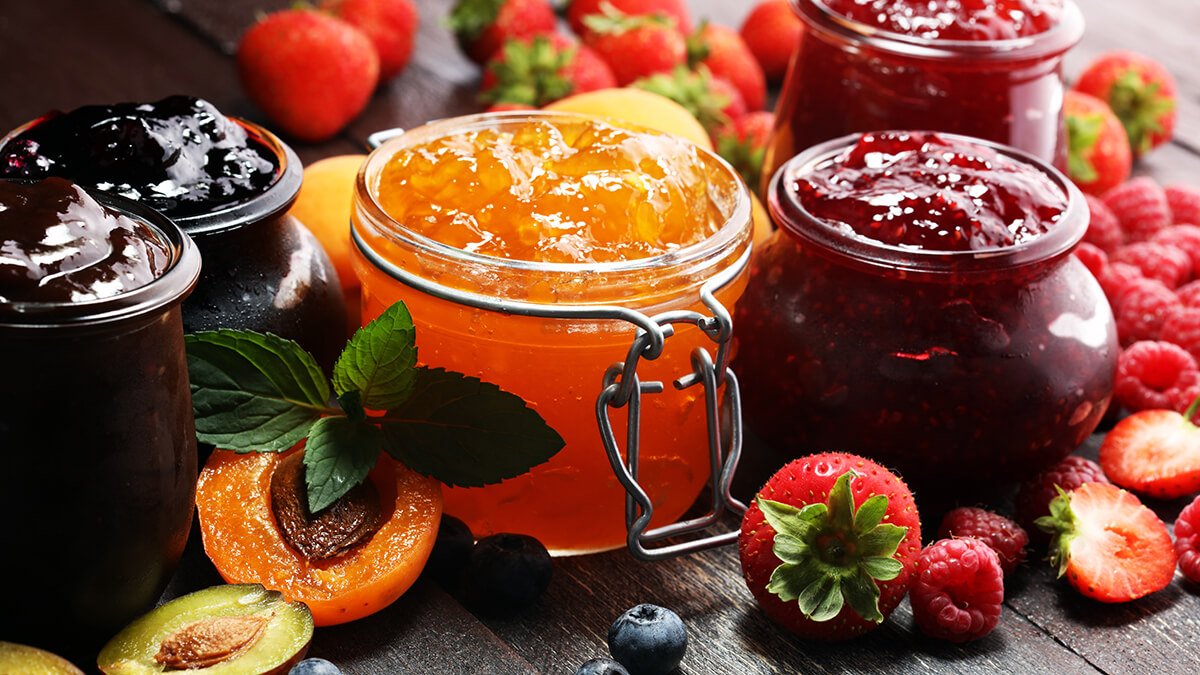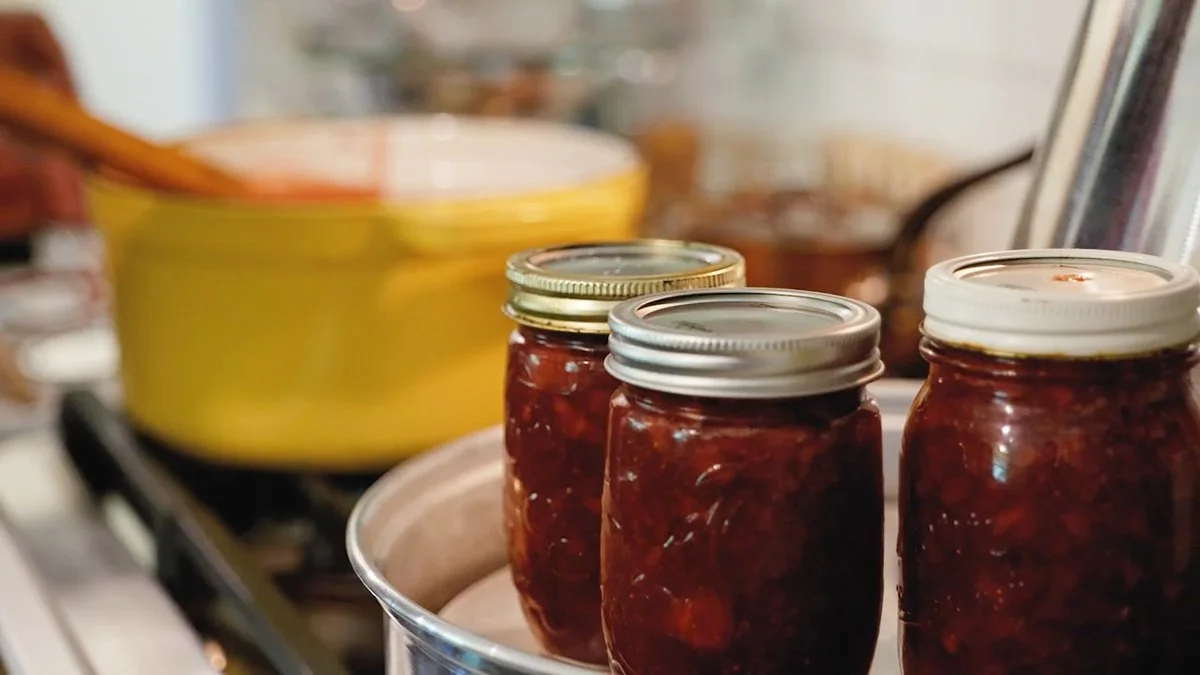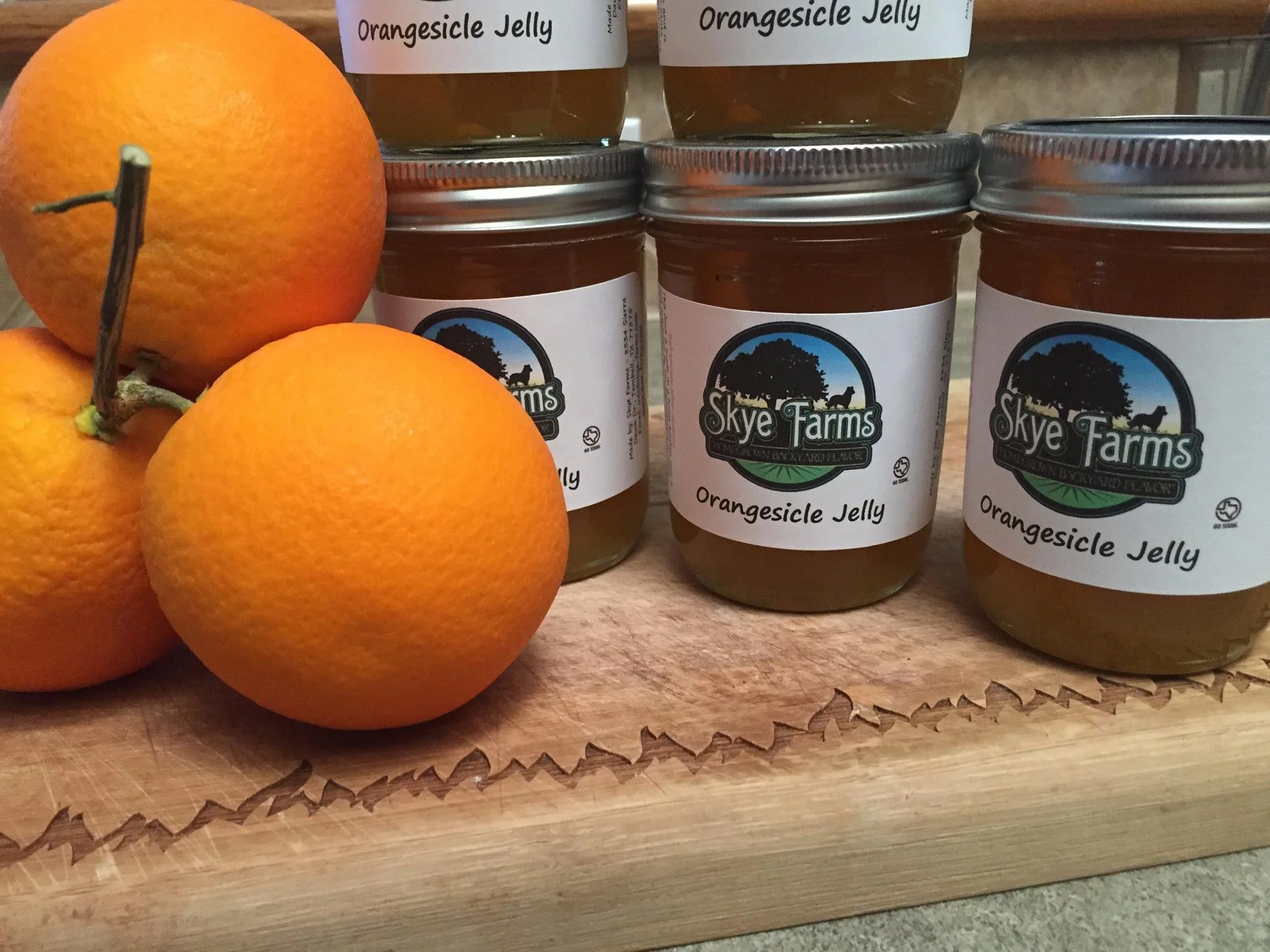Pectin Unveiled: Your Comprehensive Introduction to a Versatile Food Ingredient
Discover > Texas Home Cooking > Pectin Unveiled: Your Comprehensive Introduction to a Versatile Food Ingredient
Food ingredients often hide in plain sight, playing vital roles in our culinary creations, yet remaining largely unnoticed by the average consumer. Pectin (how long does pectin last?) is one such ingredient, and this article aims to unveil the mysteries surrounding this versatile food component, its sources in Texas, and the role it plays in fruit processing, preservation, and more.
Pectin Sources in Texas
Pectin, a natural polysaccharide with remarkable gelling properties, can be found in the cell walls of various fruits. In Texas, a state known for its agricultural diversity and abundance of fruit crops, several fruits stand out as promising pectin sources.
Let's explore the commonly grown fruits in Texas that contain pectin and their potential for pectin extraction.
1. Citrus Fruits
Citrus fruits, with their tangy and zesty flavors, are not only beloved by consumers but also hold great promise as pectin sources. Texas boasts a flourishing citrus industry, especially in the southern regions like the Rio Grande Valley and the Lower Rio Grande Valley, where the climate is ideal for citrus cultivation. The primary citrus fruits grown in Texas include:
Oranges: Varieties like Valencia and navel oranges are cultivated extensively in Texas. These oranges, while famous for their juiciness and flavor, also contain significant amounts of pectin in their peels.
Grapefruits: Texas is renowned for its production of Ruby Red and Rio Star grapefruits, which are sweet and succulent. These grapefruits offer high pectin content and are essential for both fresh consumption and pectin extraction.
Lemons and Limes: While not as predominant as oranges and grapefruits, lemons and limes are still grown in Texas, mainly for local markets. The zest and juice of these citrus fruits are utilized in various culinary applications, and they also contain pectin.
The robust citrus industry in Texas provides a reliable source of pectin for numerous applications, including the production of jams, jellies, and gummy candies.
Check out this quick guide to find the six best citrus farms in Texas for oranges, lemons and grapefruits during the season!
2. Apples
While Texas may not be as famous for its apple production as states like Washington or New York, it does have a place in the Texan agricultural landscape. Varieties like Gala, Fuji, and Pink Lady can be found in Texan orchards. Apples are an excellent source of pectin and can contribute to the pectin pool in Texas. Pectin can be extracted from apple peels, making them valuable for local pectin producers.
Ball Orchard in Pierce, Texas has over a hundred fruit and nut trees including apples, pears, cherries (how long do cherries last?), plums, figs, peaches, avocados, oranges and more.
3. Guavas
In South Texas, particularly in the Rio Grande Valley, guavas thrive in the warm, subtropical climate. Guavas are known for their fragrant aroma and unique flavor. These fruits not only find their way into local cuisine but are also rich in pectin. Pectin extraction from guavas provides an opportunity for Texan producers to create distinctive jams, jellies, and other fruit-based products that showcase the region's flavors.
Strawberry guavas are best enjoyed fresh off the tree. They are also high in pectin, so they make for great jellies or jams.
4. Berries
Texas is home to various berry varieties, such as strawberries, blackberries, and raspberries. Berries are known for their high pectin content and are traditionally used in jams and jellies. The prevalence of these berries in Texas means that they can serve as local sources of pectin, enabling local artisans to create delectable, berry-infused products.
Foraging for wild berries is a fun and tasty way to connect with nature and learn about the local ecosystem, including the diverse array of wild plants and edible seeds that Central Texas and West Texas have to offer.
5. Peaches
Peaches are another fruit that grows well in Texas, especially in the Hill Country and East Texas regions. While they are more famous for their sweet and juicy flesh, peach peels also contain pectin. This makes them an additional pectin source for Texan producers, allowing them to explore the creation of unique peach-based products.
If you're looking for delicious peach recipes, look no further. From juicy peaches to sweet peaches and everything in between, we've got your favorite peach recipes.
The potential for pectin extraction from these commonly grown fruits in Texas offers exciting opportunities for local agricultural and culinary industries. Pectin derived from Texan fruits not only supports the state's economy but also contributes to the production of high-quality, locally sourced jams, jellies, and other fruit-based delicacies.
As the demand for locally produced, sustainable, and authentic foods continues to grow, the use of pectin extracted from Texas-grown fruits will likely play a pivotal role in satisfying these consumer preferences.
Fruit Processing and Preservation: The Role of Pectin in Texas
Fruit processing and preservation have a rich history in Texas, and pectin plays a crucial role in the creation of jams, jellies, and various other fruit-based products. These practices are deeply rooted in Texan culture and have evolved over the years, blending traditional methods with modern techniques to meet the growing demand for high-quality, locally sourced products.
Let's delve into the significant role of pectin in fruit preservation and processing in Texas, with a specific focus on making jams, jellies, and other fruit-based delights.
1. Jams and Jellies:
One of the most iconic applications of pectin is in the production of jams and jellies. Pectin acts as a natural gelling agent that transforms the liquid fruit juice or pulp into a thick, spreadable consistency. This process allows fruit preservation and ensures that the delightful taste and texture of the fruit are retained for an extended period.
In Texas, the making of jams and jellies is both a culinary tradition and a thriving industry. Many Texan households have cherished family recipes for homemade jams (how long does homemade jam last?), often using fruits grown in their own gardens or purchased from local farmers. These homemade preserves capture the essence of the season and bring a touch of nostalgia to every meal.
The commercial production of jams and jellies in Texas is equally impressive. Numerous small-batch producers and larger companies are dedicated to crafting high-quality products using pectin. They source their fruits from local orchards and farms, showcasing the flavors of Texas in every jar. The utilization of pectin ensures the consistency and texture that consumers have come to expect from their favorite spreads.
SuePearl Jams in Schertz, Texas brings “the most unique flavors” of jams! These jams have more fruit and a lot less sugar (how long does sugar last?) than store-bought jams.
2. Candies and Gummies:
Pectin's versatility extends beyond traditional jams and jellies. It is also a vital ingredient in the confectionery industry, where it plays a fundamental role in creating gummy candies. These chewy and flavorful treats are popular among both children and adults and are enjoyed throughout the state.
Texas confectioners and candy makers use pectin to create a wide range of gummy candies, including gummy bears, worms, and fruit slices. Pectin provides the perfect texture, enabling the candies to achieve their characteristic chewiness while imparting a delightful fruity flavor. The use of pectin in gummies allows producers to cater to a diverse consumer base and introduce unique flavor profiles inspired by Texan fruits.
Fresh, creamy and gluten free Pralines made by KatySweet Confectioners in La Grange, Texas is something that everyone can enjoy.
3. Sauces and Desserts:
Pectin's contributions are not limited to traditional preserves and candies. It also plays a role in the creation of sauces and desserts. For example:
Pectin can be employed to thicken fruit-based sauces, enhancing their texture and consistency. This application is particularly relevant in Texan cuisine, where fruit sauces often accompany a variety of dishes, from savory meats to sweet desserts.
In fruit desserts like pies and tarts, pectin can assist in achieving the desired consistency of the filling, ensuring that it holds together while preserving the natural flavor of the fruits.
Pectin is used in fruit glazes, adding a delightful sheen and a burst of flavor to pastries, meats, and other dishes. The versatility of pectin allows it to adapt to both sweet and savory applications, contributing to the diverse Texan culinary landscape.
4. Low-Sugar and No-Sugar-Added Products:
An emerging trend in fruit processing and preservation is the production of low-sugar and no-sugar-added jams and jellies. As consumer preferences shift toward healthier options, many producers in Texas have embraced this trend by creating products that contain less sugar or rely on alternative sweeteners. To achieve the desired texture and consistency in these products, producers often turn to low-methoxyl (LM) pectin, which gels at higher pH levels. This enables the creation of preserves that are not only flavorful but also cater to health-conscious consumers.
In summary, pectin is an indispensable ingredient in the fruit processing and preservation industry in Texas. Its natural gelling properties allow for the creation of jams, jellies, candies, sauces, desserts, and other fruit-based products that capture the flavors of the state. Whether enjoyed as part of a family tradition, as a local artisanal product, or as a commercial delight, pectin-rich creations continue to be a beloved part of Texan culture.
As the demand for high-quality, locally sourced, and health-conscious products grows, the role of pectin in Texas's culinary landscape is set to evolve and expand, providing consumers with an array of delectable options that celebrate the state's diverse fruit sources.
Local Pectin Producers and Artisanal Jam and Jelly Makers in Texas
Texas boasts a vibrant community of local pectin producers and artisanal jam and jelly makers who are committed to using locally sourced pectin and fruits to create high-quality, unique products. Here are some noteworthy examples of these businesses in the Lone Star State:
That’s My Jam
Wichita Falls, Texas
There are jams, and then there's That's My Jam – a local gem that embodies the true essence of gourmet excellence. As a connoisseur of preserves, my taste buds have embarked on a journey through over 30 varieties of jams and jellies, each a testament to the passion and commitment ingrained in every jar.
What immediately sets That's My Jam apart is their unwavering dedication to using locally and responsibly sourced ingredients. The flavors are a celebration of Texas agriculture, with fruits handpicked from the vibrant orchards and fields of the Lone Star State. It's a symphony of freshness that not only elevates the taste but also supports local farmers, creating a true community connection with every spread.
The gourmet product line is a masterpiece of creativity, offering a spectrum of flavors that range from the classic richness of Apple Butter to the boldness of Blackberry, the sweetness of Blueberry, and the luxurious indulgence of Chocolate Cherry. With over 30 varieties to explore, each jar is a delightful surprise, a new adventure for the palate.
Jessie’s Jams and Jellies
Spring, Texas
Nestled in the heart of Spring, Texas, Jessie’s Jams & Jellies is a hidden gem for anyone with a penchant for fresh, homemade preserves. This cottage food business takes pride in creating small batches of jams and jellies that are not just condiments but flavorful experiences.
The variety offered by Jessie's Jams & Jellies is a true delight. For those inclined towards the fresh and fruity, the Cherry Berry Jam and Blueberry Jam are a must-try. The burst of natural flavors is like capturing the essence of a Texas orchard in a jar. But for those with a taste for the sweet and spicy, the Red Jalapeño Glaze, Green Jalapeño Glaze, and Green Jalapeño Jelly add a kick to your palate without overpowering the sweetness.
Locating Jessie's Jams & Jellies is a treat in itself. You can catch them at the Legends Ranch Farmers Market or the Wunderlich Farm Interactive History Park. And if your craving strikes when they're not there, a simple message is all it takes to arrange a delivery – convenience at its best.
Skye Farms - Jams and Jellies
Rosharon, Texas
Skye Farms, operating under the Texas Cottage Food Law, is a true artisanal haven for jam and jelly enthusiasts. Their commitment to quality and authenticity shines through in every jar, making them a standout in the culinary landscape.
What sets Skye Farms apart is their dedication to using only the freshest hand-selected fruits. The absence of corn syrup (how long does corn syrup last?) and artificial sweeteners underscores their commitment to a natural and wholesome approach. Instead, they opt for natural sweeteners, ensuring that each jar encapsulates the true essence of the fruits they use.
The flavor variety at Skye Farms is nothing short of impressive. From the classic Strawberry and Raspberry to the exotic Island Kiwi and the sweet and spicy Jalapeño, there's a flavor for every palate. The inclusion of unique creations like Mama D’s Apple Pie and Strawberry Sundae showcases the creativity and passion infused into their products.
Lea’s Kitchen
Aubrey, Texas
In the realm of homemade jams, Lea's Kitchen, nestled in Denton County, stands out as a haven for those seeking healthier options and unique flavors. Lea embarked on her jam-making journey in the summer of 2018, introducing Denton County to a delightful array of jams that have become local favorites.
Lea's approach is refreshingly simple yet innovative. Starting with a delicious base recipe, she decided to take a healthier route by increasing the fruit, halving the sugar, and fine-tuning from there. The result? Jams that are not only bursting with flavor but also boast a health-conscious twist.
Adding a Texan flair to her creations, Lea's Kitchen introduces habanero-flavored jams, providing a perfect balance of sweet and spicy. It's a testament to the creativity and diversity that defines the Texan culinary scene.
Lea's Kitchen is not just about jams; it's about a culinary journey where more fruit means less sugar and more flavor. The overwhelmingly positive response at the local Community Market speaks volumes about the quality and uniqueness of Lea's creations. For those on the lookout for jams that redefine the boundaries of flavor and wellness, Lea's Kitchen is a local treasure that brings a touch of health-conscious innovation to the world of homemade delights. More fruit, less sugar, more flavor – it's a simple yet profound philosophy that makes Lea's Kitchen a must-visit for anyone with a taste for the extraordinary.
Pectin Extraction Techniques: Unlocking the Potential of Texas-Grown Fruits
Pectin extraction is a critical process in the creation of jams, jellies, and other fruit-based products. Extracting pectin from fruit peels involves breaking down the cell walls to release the pectin molecules. Various techniques and methods are employed for this purpose, each tailored to the specific fruit source. In Texas, with its diverse array of fruits, adapting these techniques to locally grown produce is essential for optimizing the use of local resources.
1. Acid Extraction
Method: Acid extraction is one of the traditional techniques for pectin extraction. It involves boiling fruit peels in an acidic solution, often using lemon juice or citric acid (how long does citric acid last?). The acid breaks down the cell walls, releasing pectin into the liquid.
Application in Texas: This method is particularly suitable for citrus fruits, which are abundant in Texas. Oranges, grapefruits, lemons, and limes are rich in pectin and can be efficiently processed using acid extraction. The use of local citrus fruits ensures a fresh and authentic pectin source for Texan producers.
2. Enzymatic Extraction
Method: Enzymatic extraction involves the use of enzymes, such as pectinase, which target and break down pectin in fruit peels. This method offers a high degree of specificity, allowing for more controlled pectin extraction.
Application in Texas: Enzymatic extraction is adaptable to a wide range of fruit sources, including apples, guavas, and berries, commonly grown in Texas. It allows for precise control over the extraction process, ensuring that the unique characteristics of Texan fruits are preserved in the pectin.
3. High Methoxyl (HM) and Low Methoxyl (LM) Pectin
Method: Pectin can be classified into high methoxyl (HM) and low methoxyl (LM) pectin based on its degree of esterification. HM pectin requires lower pH levels and a high sugar content for gelling, making it ideal for high-sugar jams and jellies. LM pectin gels at higher pH levels and is suitable for low-sugar or no-sugar-added fruit products.
Application in Texas: Texan producers can adapt the use of HM and LM pectin to create a wide range of fruit-based products that cater to different consumer preferences. The versatility of these pectin types allows for the production of traditional preserves as well as innovative, healthier options.
4. Cold Extraction:
Method: Cold extraction is a modern technique that minimizes heat exposure during the pectin extraction process. This method preserves the natural flavor, color, and nutritional value of the fruit.
Application in Texas: Cold extraction is especially valuable for fruits like guavas, peaches, and berries, which are known for their unique and delicate flavors. By minimizing heat exposure, this method allows Texas-grown fruits to maintain their authentic taste and aroma in the final pectin extract.
5. Local Adaptations:
Method: Local pectin producers and artisans in Texas often experiment with and adapt pectin extraction techniques to suit their specific fruit sources and product requirements. These adaptations allow for the creation of distinctive and regionally specific jams, jellies, and other fruit-based products.
Application in Texas: Local adaptations of extraction techniques are particularly relevant for small-scale producers and artisans who seek to highlight the flavors of Texas-grown fruits. These adaptations may involve unique combinations of methods, customizing the extraction process to ensure that the essence of Texan fruits shines through in the final product.
Conclusion
In conclusion, the methods and techniques used for pectin extraction are versatile and adaptable to the rich diversity of fruits grown in Texas. Whether it's the bold flavors of citrus fruits, the sweetness of apples, the fragrance of guavas, or the tang of berries, Texas provides an abundant array of fruit sources for pectin extraction. By selecting and customizing the appropriate extraction methods, Texan producers can unlock the potential of these fruits and create a wide range of high-quality, locally sourced fruit-based products that celebrate the unique flavors of the Lone Star State.

